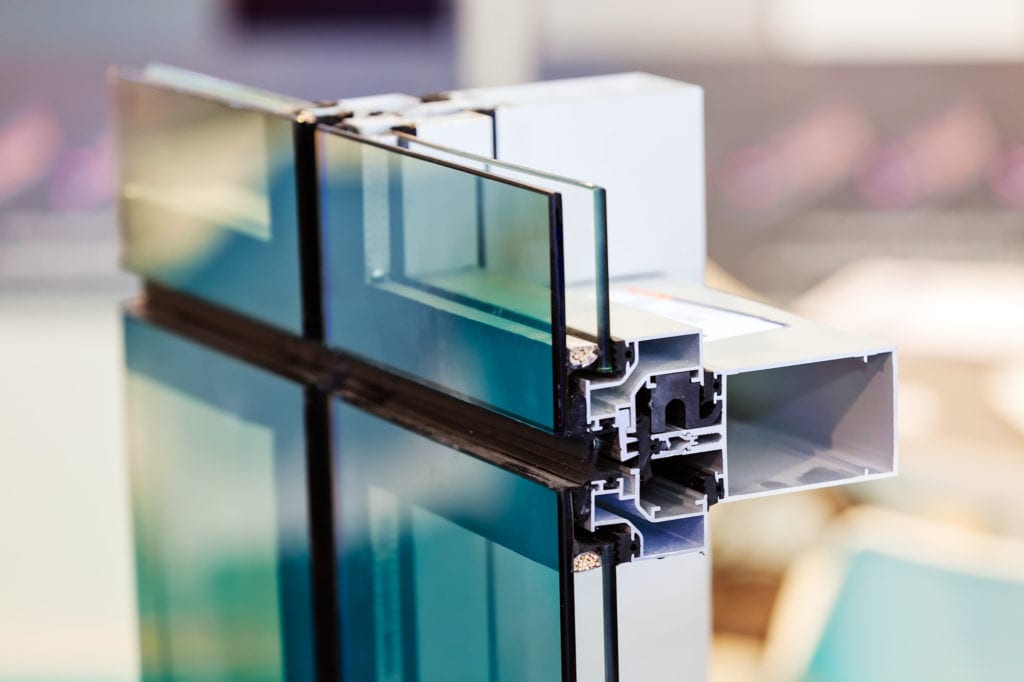All Categories
Featured
Table of Contents
A Complete Guide To Double Glazed Windows in Canning Vale Perth
Laminated glass is typically used in areas in the home most prone to injury from human effect such as restrooms, doors, around staircases and in locations close to the flooring (it satisfies the requirements of 'safety glass' that is mandated for usage in these locations by Australian Basic AS 1288 Glass in buildings).
Toughened glass has actually been 'tempered' by being reheated and quickly cooled once again. This process makes it much stronger than basic glass it can withstand higher impact loads before breaking. It also makes it safer due to the fact that, when it does shatter, it burglarizes lots of little cubic pieces rather than hazardous shards.
Double Glazed Windows In Melbourne in Darlington Perth
However, toughened glass has no thermal or acoustic benefits over other glass of the very same toning or thickness. Secondary glazing is where single-glazed windows are retrofitted with a transparent acrylic or glass sheet attached to the within the frame or openable sash with a secondary frame or with magnetic strips.


Secondary glazing will not perform too thermally as a produced IGU, because it is difficult to totally seal the perimeter, but it can supply excellent noise control. Window films are a thin polymer film including an absorbing dye or reflective metal layer, with an adhesive backing. They stay with your glazing to change its colour or make it reflective.
Which Type Of Glass Is Best For Energy Efficiency? - A&l Windows in West Leederville Perth
Applied to existing glass, some window movies can halve the overall SHGC of the window by absorbing and/or reflecting solar radiation. This can be particularly helpful in hotter climates where cooling is the main issue, or on east and west elevations directly exposed to long durations of sunlight. However, window movies may also minimize visible light transmittance.

For this reason, it is usually best to utilize a certified installer of window movie. Frames have a considerable effect on the thermal efficiency of doors and windows, since energy can be acquired and lost through the frame, in addition to through the glass. Different types of frame will permit various levels of heat gain and loss, so careful option of frame is crucial for efficient passive style.
Carnegie 3163, Vic. Amazing Service By Aps Double Glazing in Dianella Western Australia
Nevertheless, aluminium is likewise an excellent conductor of heat and will reduce the insulating worth of a glazing system, unless particularly engineered to minimize this. A 'thermally broken' frame is made up of 2 aluminium sections linked by a structural insulator (typically a low-conductivity structural polymer). This 'breaks' the thermal connection through the aluminium and minimizes the heat flowing through the frame.
They can be costly, but rates are reducing as they end up being more typical. Timber frames are a good natural insulator that can fit some house styles. Timber frames must be made from types that have naturally high sturdiness or be dealt with to avoid decay and contortion. Examine that the lumber is sourced from a sustainably handled forest.
Sustainability in Dalkeith Western Australia
This can result in gaps that permit air seepage unless good draught sealing (weather removing) is installed. u, PVC is a kind of plastic (unplasticised polyvinyl chloride, likewise referred to as stiff PVC). u, PVC frames offer outstanding thermal efficiency, often better than timber or thermally broken aluminium. u, PVC is long enduring and needs very little maintenance, and can be moulded into complicated profiles that supply outstanding air seals.
u, PVC doors and windows have exceptional thermal efficiency Image: Ben Wrigley (Light House Architecture and Science) Composite frames use aluminium profiles on the outer sections with either a wood or u, PVC inner section. These combine the low upkeep and sturdiness of aluminium with much improved thermal performance.
Latest Posts
Double Glazed Windows: A Complete Guide in Sorrento Western Australia
Faq in Wellard Western Australia
Will Triple Glazing Make My House Warmer? in Darling Downs Perth